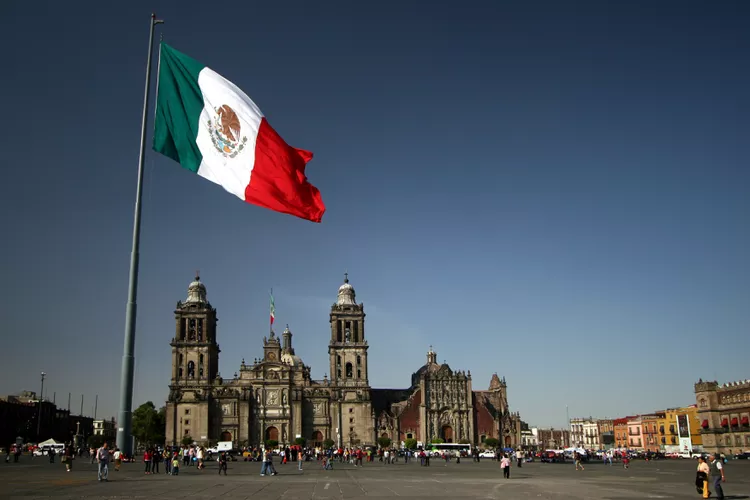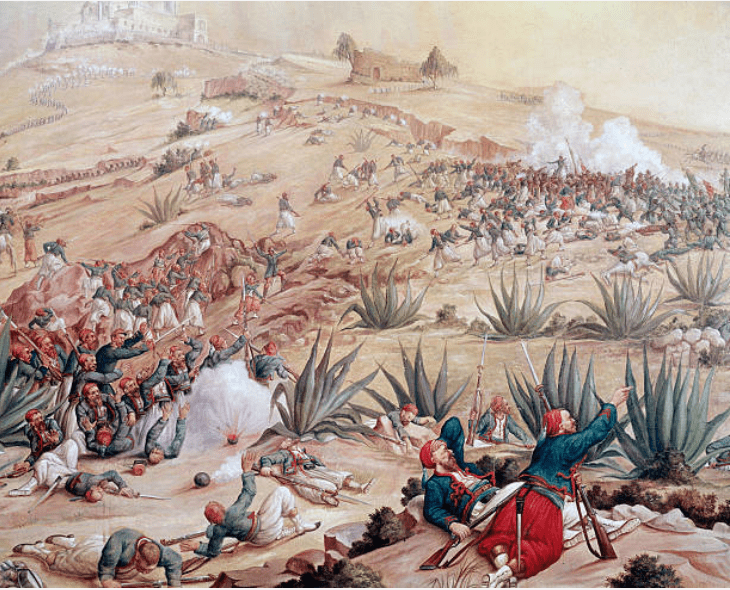More Than Margaritas: The Real Story of Cinco de Mayo
By: Lauren Ramsey – Wise News Network
United States (WNN)- As vibrant parades, mariachi music, and colorful flags mark Cinco de Mayo across the United States today, many remain unaware of the holiday’s historical roots. Far from just a festive occasion, Cinco de Mayo commemorates a powerful moment in Mexican history — one of defiance, pride, and unity.

The Battle Behind the Celebration
Cinco de Mayo, which translates to the Fifth of May, commemorates Mexico’s improbable triumph over French troops at the Battle of Puebla on May 5th of 1862. The battle was a part of the Second French Intervention in Mexico, a politically and economically tumultuous time for the nation.
In 1861, a lawyer from the indigenous Zapotec tribe, Benito Juárez, became the president of Mexico. The nation was in financial disrepair after decades of war and civil strife and had no other option but to suspend foreign debt repayments. France, Britain, and Spain retaliated by dispatching troops to demand the repayments.

Britain and Spain did make agreements and departed, but Emperor Napoleon III of France had grander ambitions. He wanted to seize control of Mexico and establish a French empire within the Americas.
Led by Gwn. Ignacio Zaragoza, with about 2,000 Mexican soldiers, protected the city of Puebla from 6,000 highly trained French soldiers. Even though they were fewer in number and inadequately armed, the Mexican troops emerged victors in the battle. The battle brought a tremendous surge of pride and optimism to the nation.
While later the French would take control of Mexico City and establish Emperor Maximilian I, the victory at Puebla became a symbol of Mexican resistance and resilience.
Not Mexican Independence Day
Many associate Cinco de Mayo with Mexican independence, but the actual Independence Day for Mexico is Sept. 16th, which is called Día de la Independencia. It commemorates the 1810 rebellion against the occupation by Spain led by Father Miguel Hidalgo.
Part of the confusion is due to the title “Cinco de Mayo,” which is simpler to pronounce and is better promoted within the United States than Mexico’s Independence Day (Diez y seis de Septiembre). Another explanation is that Mexican and Chicanx history is not learned within American schools, which may explain why people may confuse the two.
Though Día de la Independencia is the most important national holiday for Mexicans, Puebla is where people largely celebrate Cinco de Mayo, whereas for people in the United States, it is a time for celebrating Mexican American heritage and culture.
American Adoption and Evolution
U.S. celebrations of Cinco de Mayo began as early as the 1860s in California where there were many Mexican immigrants who took pride and solidarity from the Puebla battle win. They made it a point to commemorate it with festive speeches, traditional songs, and parades within their communities.
Its importance increased during the 1960s and 1970s Chicano Civil Rights Movement as activists adopted Cinco de Mayo as a celebration of Mexican heritage, identity, and the past struggle against imperialism.
In the 1980s, Cinco de Mayo had become part of mainstream American society, being promoted by commercial forces often enough. Restaurant chains and beverage companies tapped into the holiday with special promotions, and so the holiday became widely observed.
Contemporary Celebrations
Today, Cinco de Mayo is far more widely celebrated in the United States than in Mexico. It has become a nationwide celebration of Mexican-American culture, particularly in cities like Los Angeles, Chicago, San Antonio, and Denver.

Festivities usually feature mariachi music, traditional cuisine such as tamales, and informative events that underscore the history behind the holiday. Schools and cultural centers have recently made attempts to educate people about the holiday’s history as well as the celebrations themselves.
In Puebla, the holiday is commemorated with a parade by the army and a battle reenactment, but elsewhere outside that area, the holiday is not a large event.
Cultural Significance and Misrepresentation
Though Cinco de Mayo provides a chance to honor Mexican heritage and culture, there are critics who suggest that the holiday has come to be excessively commercialized and misrepresented. Advertising ventures have repeatedly promoted the holiday based on partying, drinking, and stereotypical references instead of tradition and appreciation for culture.
Organizations like the League of United Latin American Citizens and educators throughout the U.S. have urged more respectful and accurate commemoration of the day. A commemoration that celebrates the contributions and strength of the Mexican people.
Recalling a Legacy of Resistance
At its essence, Cinco de Mayo is a story of perseverance and unity against incredible odds. Today, communities across the United States celebrate a battle won and honor the resilience and courage of Mexican heritage.
Whether an educational display, a cultural performance, or a family celebration, many observe the day contemplating a legacy of bravery, one that continues to motivate Mexican-Americans and people globally.
For more WNN video news stories, visit YouTube: https://www.youtube.com/@wisenewsnetwork
For further WNN articles and news stories, visit: https://wisenewsnetwork.com
Contact WNN at newsdesk@wisenewsnetwork.com
© Copyright 2025 Wise News Network. All rights reserved.
